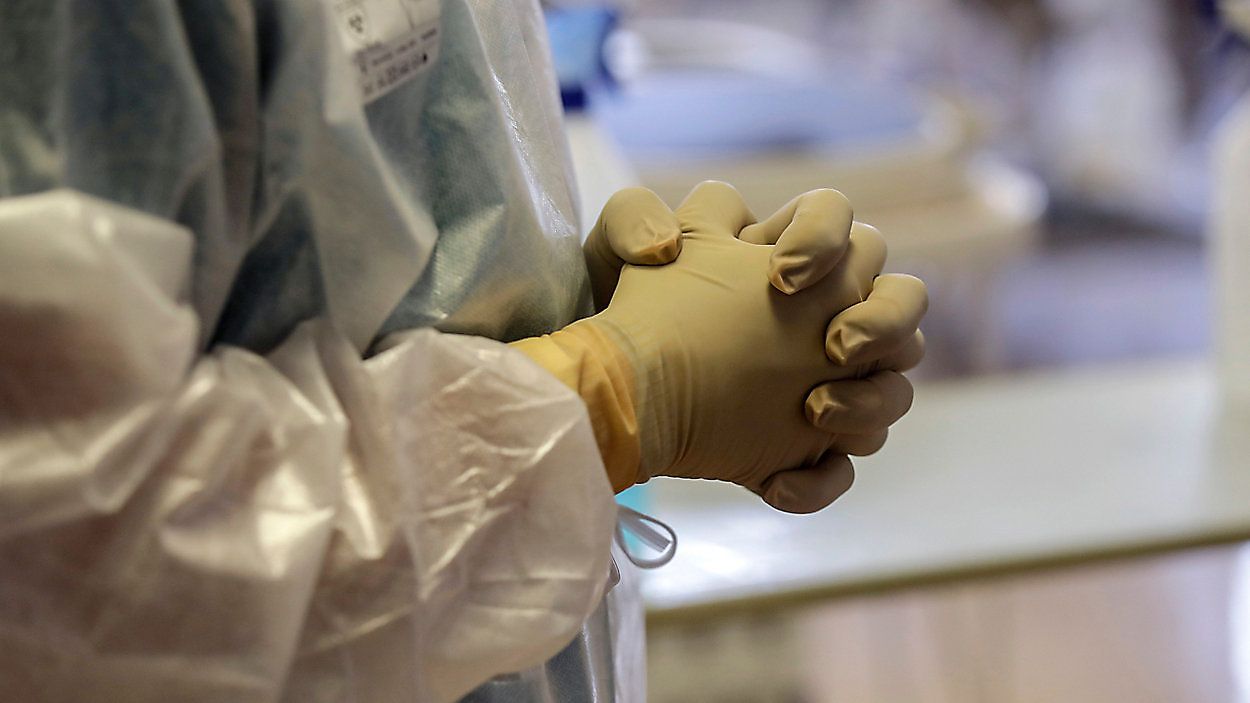Ohio — Rural hospitals in Ohio are busy with COVID-19 patients as less vaccinated communities face the latest wave of COVID-19.
What You Need To Know
- One in three patients in rural Ohio hospitals there for COVID-19
- Lower vaccination rates leave communities at-risk amid the latest surge
- Some hospitals are postponing elective surgeries to manage the burden
In rural hospitals, one out of every three patients has COVID-19, while the rate is one in six statewide, according to hospital data.
Memorial Health System, based in Marietta, is caring for the highest number of COVID-19 patients since the pandemic began with 83 inpatients on Wednesday, an increase from last week when its patient census was in the 50s, Chief Nurse Executive Paige Smith said in an interview.
Officials are making decisions on a day-to-day basis about postponing elective surgeries that require an overnight stay in the hospital, Smith said.
With hospitals across southern Ohio brimming, there is limited capacity anywhere to accept patient transfers, she said. As of Tuesday, all 17 hospitals in region 8 of the state were reporting fewer than five available intensive care beds, and 13 were reporting fewer than five available medical-surgical beds, she said.
“Every hospital in the zone is kind of in the same place we are, so we are really unable to balance patients very much at all,” she said.
During a press conference Wednesday, Dr. Andrew Thomas, Ohio State Wexner’s chief clinical officer, said COVID-19 hospitalizations in region 8 of the state are just shy of the peak in December 2020. In region 7, rural southern Ohio, hospitalizations have surpassed the winter peak, he said.
Smith said the lagging vaccination rate in Washington County leaves residents susceptible to the virus. About 87% of their patients are unvaccinated.
“Our nurses are working long hours and they're exhausted, and they're wanting more people to get vaccinated so we don't have to continue doing this," she said.
Memorial Health System was one of nine hospitals that released a joint letter Tuesday expressing concern about record patient volumes, pleading for residents to wear masks and get vaccinated.
“We are concerned with what the coming weeks will bring. We want to continue to provide the care our patients need and when and where they need it,” the hospital officials said. “What we are experiencing is very real. It isn’t a political issue. It’s a medical issue.”
As of Wednesday, Adena Health, based in Chillicothe, is postponing elective surgeries that require an overnight hospital stay due to strain from COVID-19.
“This is a thoughtful approach to make sure those patients who don’t need to be in the hospital right away are not,” Adena President Jeff Graham said in a statement.
In Holmes County, the CEO of Pomerene Hospital Jason Justice said in an interview that cases and hospitalizations aren’t at record levels, like parts of southern Ohio, but it still feels as busy as last winter because non-COVID-19 patient numbers are much higher now.
“We are experiencing a higher volume of hospitalizations for non-COVID related illnesses, some of which are respiratory related illnesses, which are somewhat uncommon for this time of the year. So there are some strange, different trends that are occurring, all of which means higher volumes within the hospital,” Justice said.
The vaccination rate in Holmes County, where half of residents are Amish, is the lowest in the state, with 16.9% of people having received a dose.
While the lack of density in rural areas is an advantage against COVID-19, Justice said the county is vulnerable due to the lack of vaccinations.
Justice said the burnout is real for staff and physicians as COVID-19 numbers have steadily increased without an end in sight at this point. Patients with non-critical conditions are in some cases facing longer waits for care.
As a small rural hospital with 55 beds, Justice said COVID-19 admissions can contribute to sudden swings in patient numbers.
“There have been periods of time where we went from maybe 25% capacity to 95% capacity within a 24-hour period of time,” he said. “To have such a dramatic swing in your occupancy will obviously shock the system and will challenge you.”



